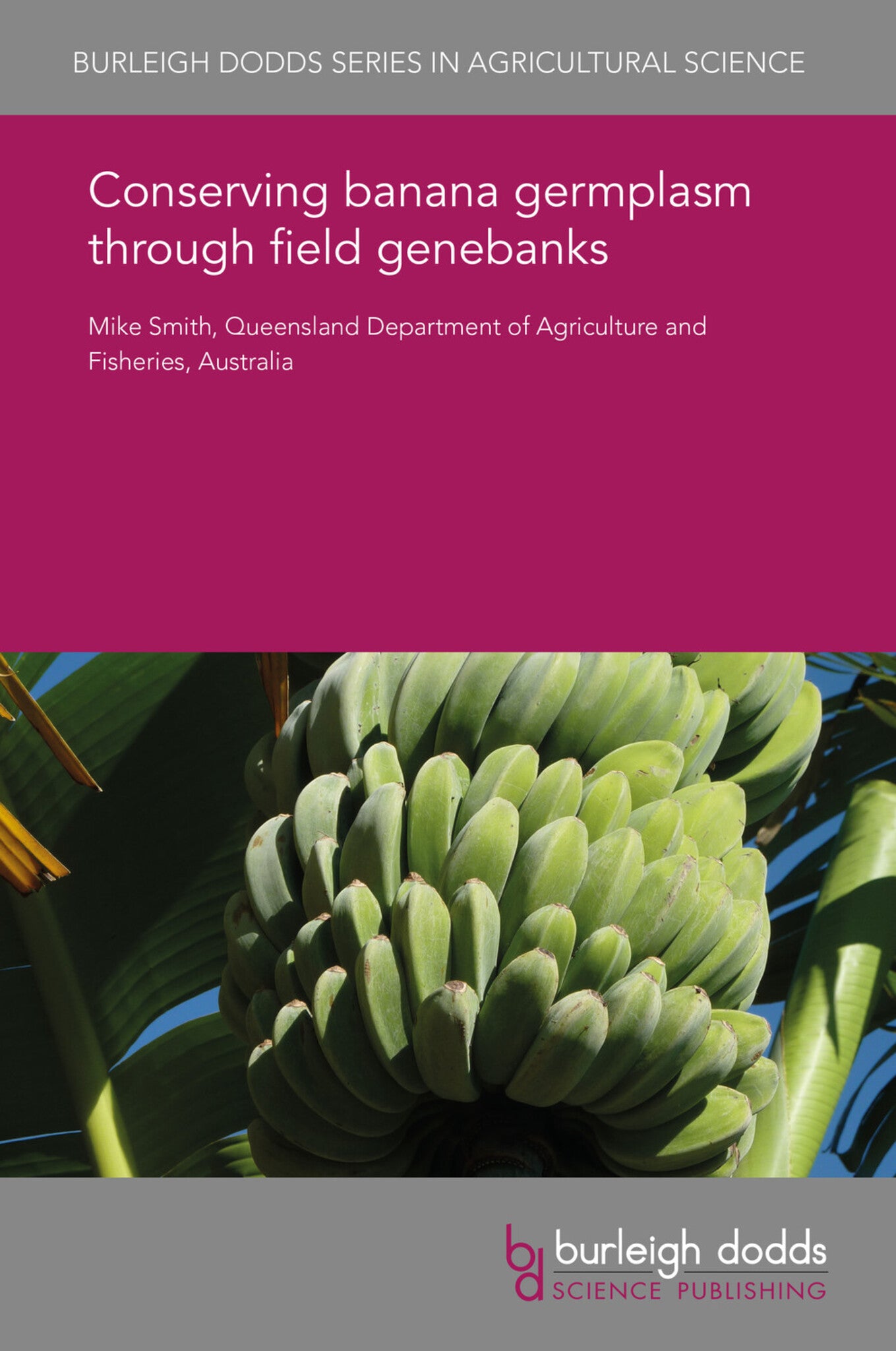We're sorry. An error has occurred
Please cancel or retry.
Conserving banana germplasm through field genebanks

Some error occured while loading the Quick View. Please close the Quick View and try reloading the page.
Couldn't load pickup availability
- Format:
-
04 October 2018


TECHNOLOGY & ENGINEERING / Agriculture / Sustainable Agriculture, Agronomy and crop production, SCIENCE / Life Sciences / Horticulture, TECHNOLOGY & ENGINEERING / Agriculture / Tropical Agriculture, TECHNOLOGY & ENGINEERING / Agriculture / Agronomy / Crop Science, Sustainable agriculture, Tropical agriculture

1 Introduction 2 Objectives of the field genebank 3 Choosing the site 4 Sourcing material 5 Planting 6 Crop management 7 Quality control 8 Dissemination of quality planting stock 9 Case study 10 Future trends and conclusion 11 Where to look for further information 12 Acknowledgements 13 References



